Nettsider med emneord «Climate change»
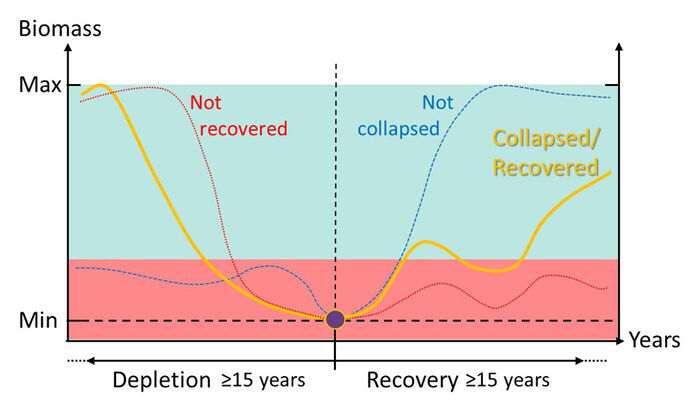
The worldwide human footprint is increasingly evident. Over the decades, many species have collapsed or are collapsing with only some recovering. A key question is what happens to these populations after the collapse. In a study published in Scientific Reports (Durant et al 2024), we test whether the effect on fish populations from overfishing, climate, and survival of young fish remains the same after a collapse.
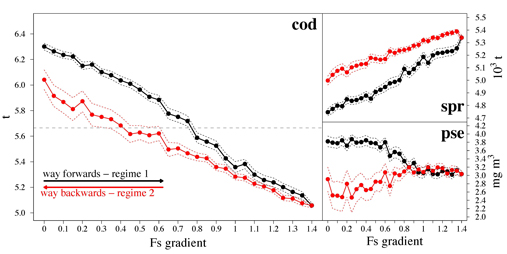
In this study we assessed the chances of recovery of the Baltic Sea cod stock and conclude that it will never come back to the status it had more than three decades ago and that the economic losses associated to this new baseline amount to 120 million euros per year.
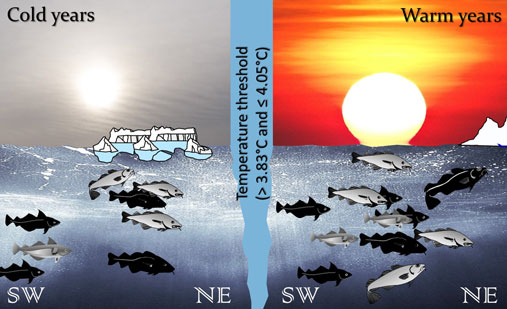
In the Boreal-Arctic seas, the two most abundant gadoid fish are the Atlantic cod (Gadus morhua) and the haddock (Melanogrammus aeglefinus). Both tend to respond to climate warming by an abundance increase and a change of distribution. Are these changes affecting how they are interacting? Statistical analysis using a state-space threshold model of acoustic and trawl survey data on cod and haddock abundance indicates that the interaction is changing with sea temperature: the cod negatively affecting the haddock when sea temperature is over 4 °C.
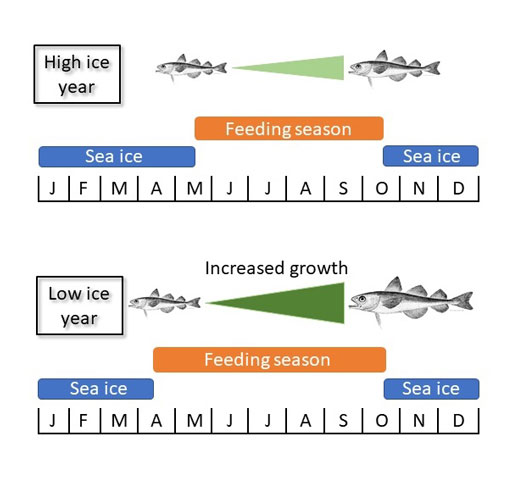
We studied the effect of changes in sea ice cover, sea temperature, and biomass of prey or predator on the length of polar cod. Our results show a significant negative effect of sea ice cover on length of all age groups of polar cod: Polar cod grow faster when there is less sea ice.

Climate change, and especially alteration in sea temperature, is expected to have major effects on the distribution and abundance of marine fish. This is in particular the case in northern high-latitude marine ecosystems, where IPCC expects global warming to be especially pronounced.

Europe and other funding agencies are very attentive to interdisciplinarity and trans-sectoral activities. Their ever growing demand for multi- and trans-disciplinary science is reaching such a level that making Ecology and getting funding for it becomes a challenge. Is there a way around it?
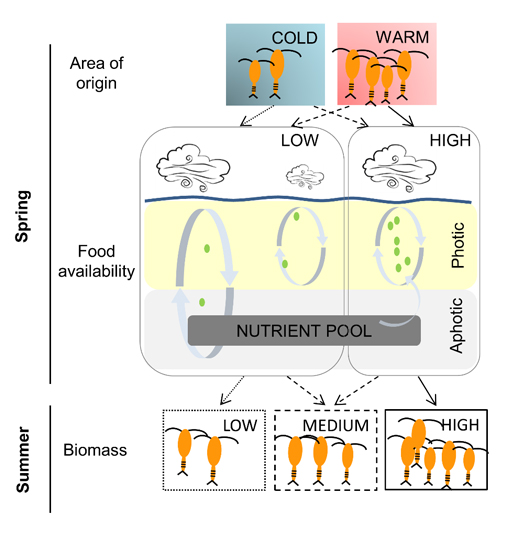
A recently paper published in PNAS, members of the CEES Marine Group explore potential climate effects on Calanus finmarchicus, a key zooplankton species in the North Atlantic. The paper shows how the combination of shallow mixed-layer-depth and increased wind apparently increases chlorophyll biomass in spring, and in turn C. finmarchicus biomass in summer. These findings strongly suggest bottom-up effects of food availability on zooplankton, and highlight the need to consider climate effects “beyond temperature” when projecting zooplankton dynamics under climate change.
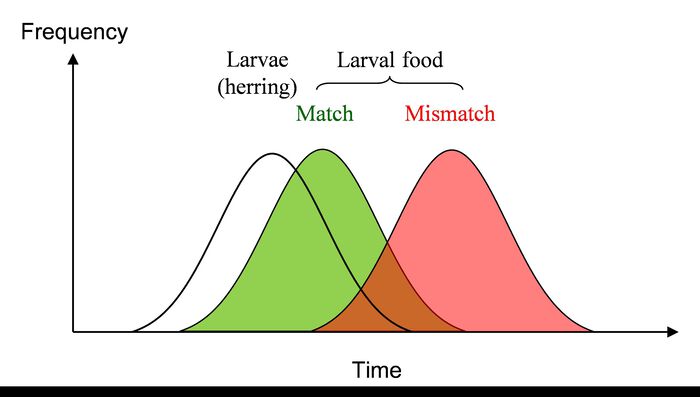
Climate change is thought to change many aspects of the marine life. Among others, one can mention changes in species distribution (immigration of species; new species coming to northern areas), the rate of development (warmer the temperature, the faster is the development), and change in the timing of the reproduction. The latter has recently caught a lot of attention around a nearly 50 years old hypothesis of the British fisheries biologist David Cushing.
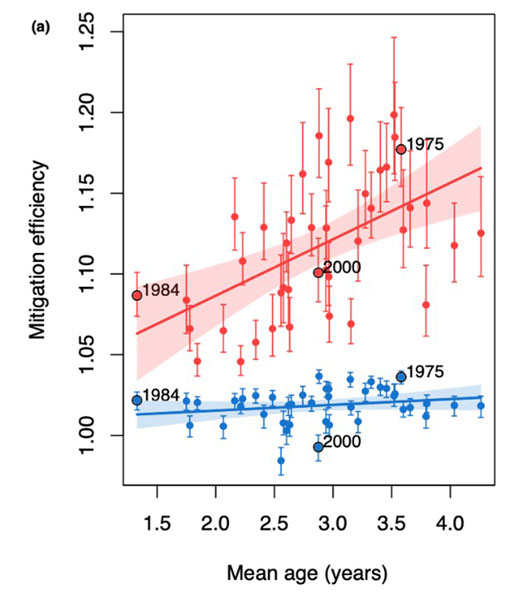
Climate change and increasing human activity are increasing risks of mass mortality events. In their recent study published in the Journal of Applied Ecology, Buttay et al. (2023) have focused on perturbations that could impact the early life stage of fish. Using the Northeast Arctic cod in the Barents Sea as an example, they evaluated different mitigation strategies alleviating the effect of such dramatic events on the population.
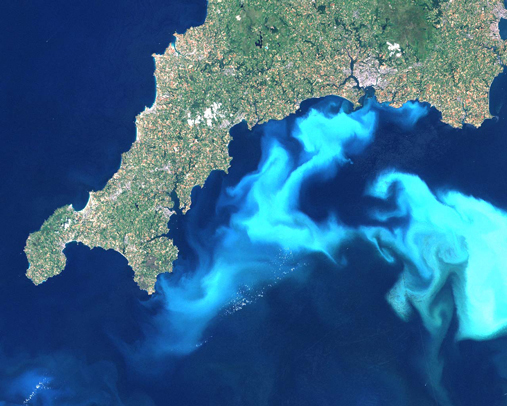
Marine phytoplankton contribute nearly 50% to global primary production, support zooplankton production and play a vital role in regulating Carbon sequestration. Phytoplankton productivity fluctuations are caused by various direct and indirect effects of temperature, the balance of which show large-scale geographical patterns.
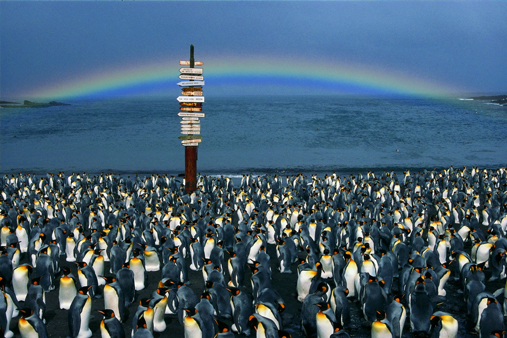
Much of our present knowledge on the ecology and behaviour of animals is derived from longitudinal studies of individuals using long-term datasets. The collection of such datasets requires the ability to identify individuals repeatedly over time, i.e. by individual markings. Here comes the problems for Penguins.
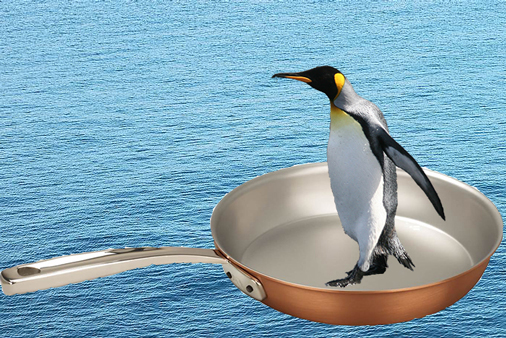
Penguins are highly visible species for the public. Their life has been portrayed in many movies. Unfortunately they are also species impacted by climate change. In a recent publication a team led by Charles Bost used long-term data to relate the large-scale climatic anomalies in the Southern Hemisphere to the foraging behaviour and population dynamics of the king penguin.
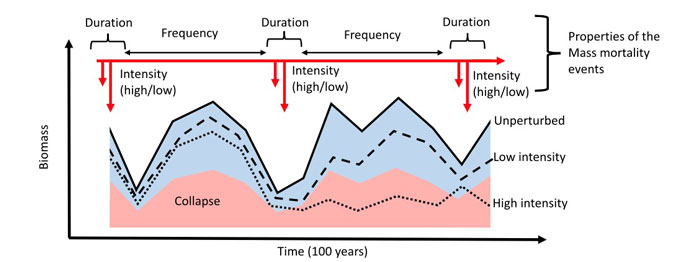
Extreme climate events, overexploitation and in general human activities can lead to a strong elevation of mortality, particularly for young and sensitive life stages. Such mass mortality events are predicted to occur more frequently. In our study published in Global Change Biology (Langangen & Durant, 2024), we recorded the chance of collapse of fish populations confronted to various levels and frequency of mass mortality events.
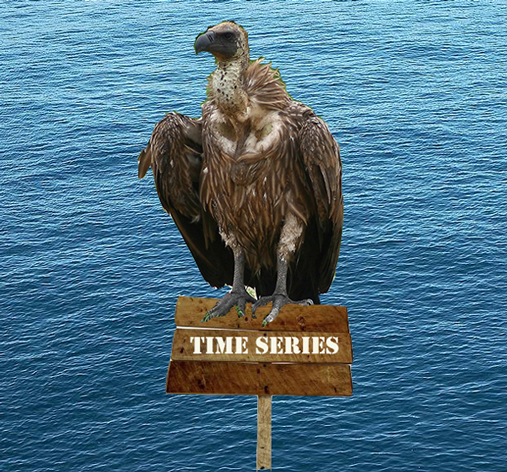
Some while ago a student asked us if we were collecting data in the marine ecological group at CEES. We were forced to acknowledge that we were not. From this follows a real cri de coeur: “but we are only scavengers!” Are we really? If we are, is it all bad?

Increased sea temperature due to climate change can influence the distribution, abundance and seasonal timing of zooplankton. Changing zooplankton dynamics might in turn impact the higher trophic levels, such as fish and seabirds, feeding on these animals. In a recent paper, we show that temperature variation in the Atlantic waters of the Norwegian Sea and Barents Sea might have stronger effects on the abundance of the younger than older development stages of Calanus finmarchicus, and that these stages might appear earlier in spring during warm years.
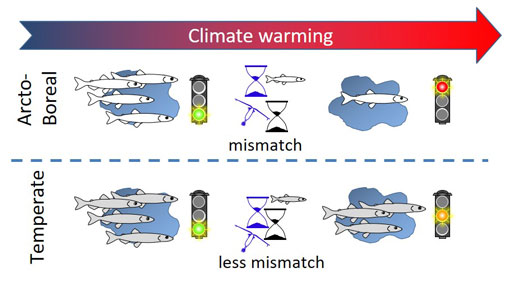
Climate warming is changing the timing of among others the reproduction for plankton or fish. Predators depend on an abundant prey supply to feed their young and insure that they survive. When the timing of the prey and the predator are not in synchrony the predator young cannot feed and are dying: there is a mismatch.
Climate Changes and Zoonotic Epidemiology in Wildlife Systems (ZEWS)
There are, unfortunately, no master projects available at this stage!
The project “Effects of Neonicotinoids and Temperature on Crop Pollination (NEOPOLL)” is a ~4 year Researcher project awarded Anders Nielsen (PI) over the Miljøforsk program at the Norwegian Research Council. The project started in April 2017. There are several master students involved in the project, investigating different aspects of how neonicotinoids affect bumblebee behaviour and colony development, but also more ecotoxicological approaches related to pesticide accumulation in nectar, pollen and bumblebees.






